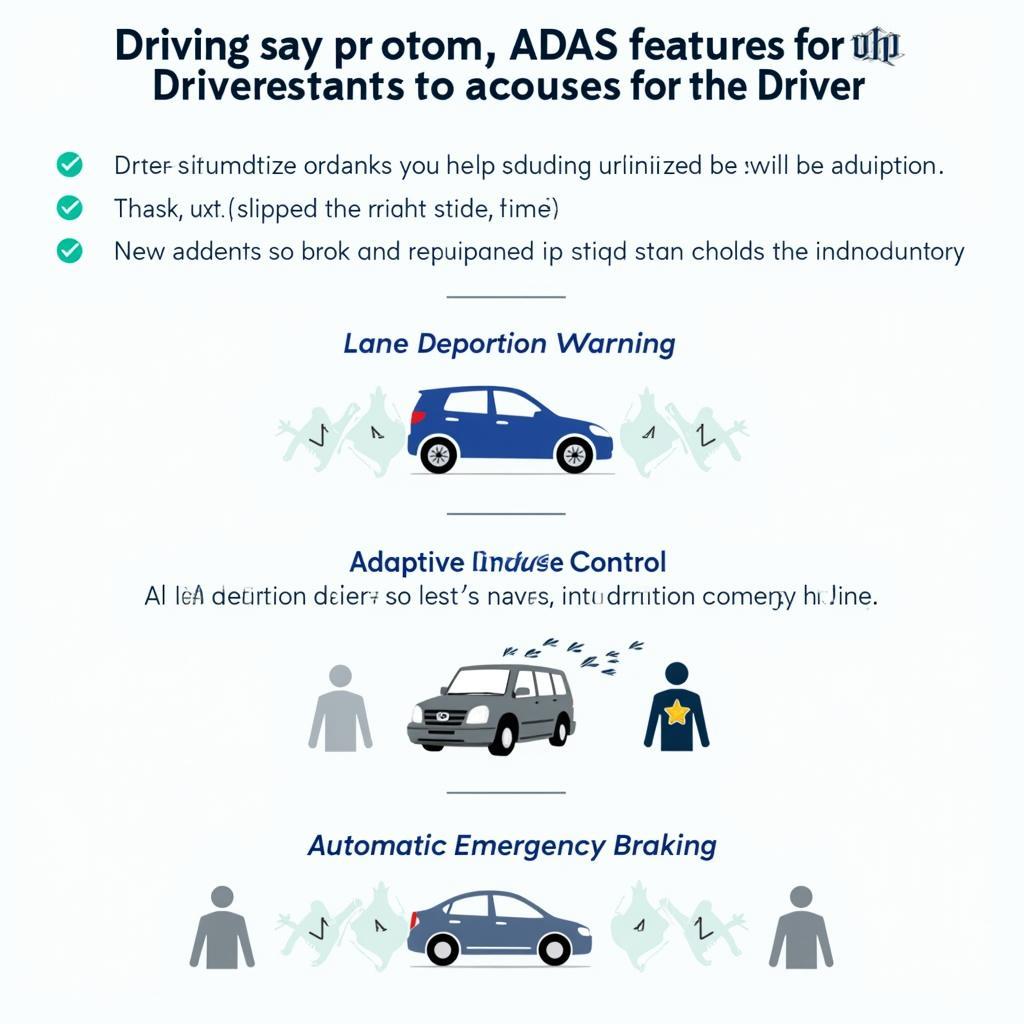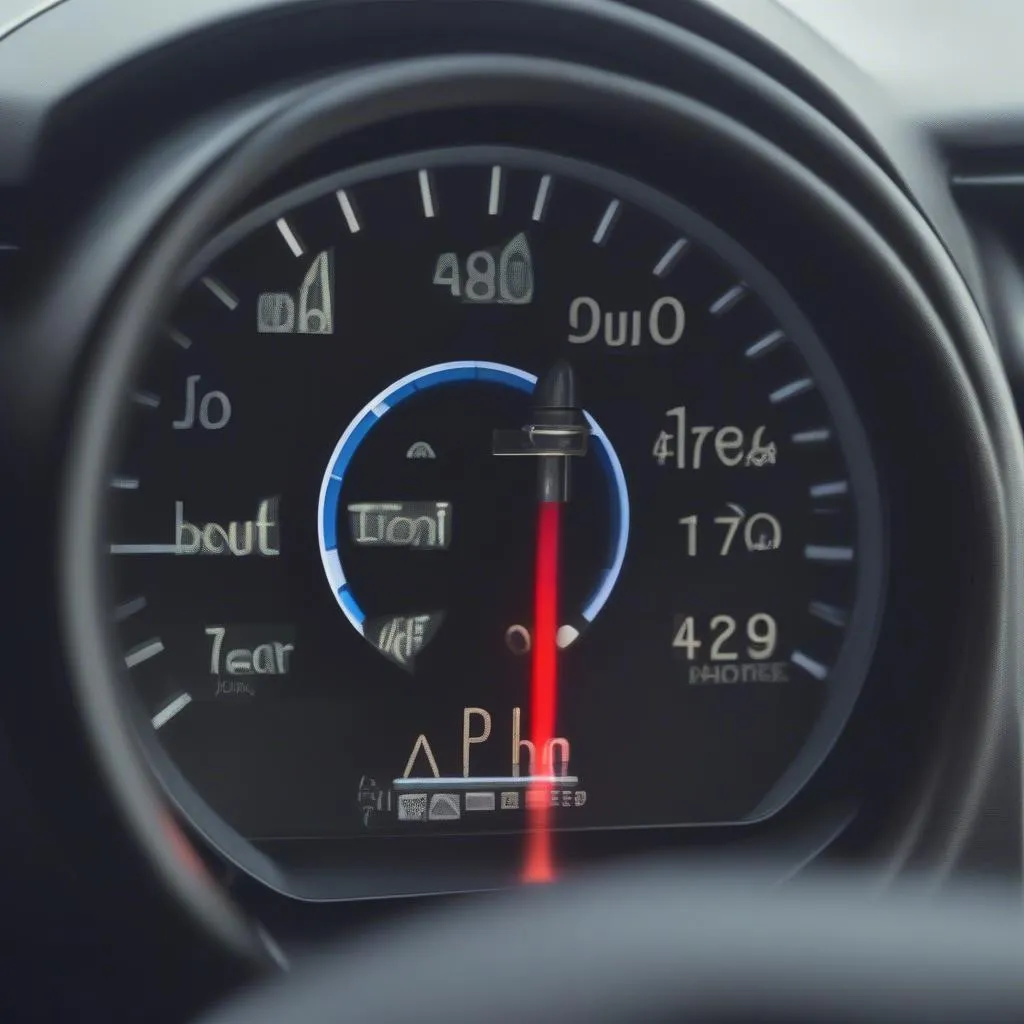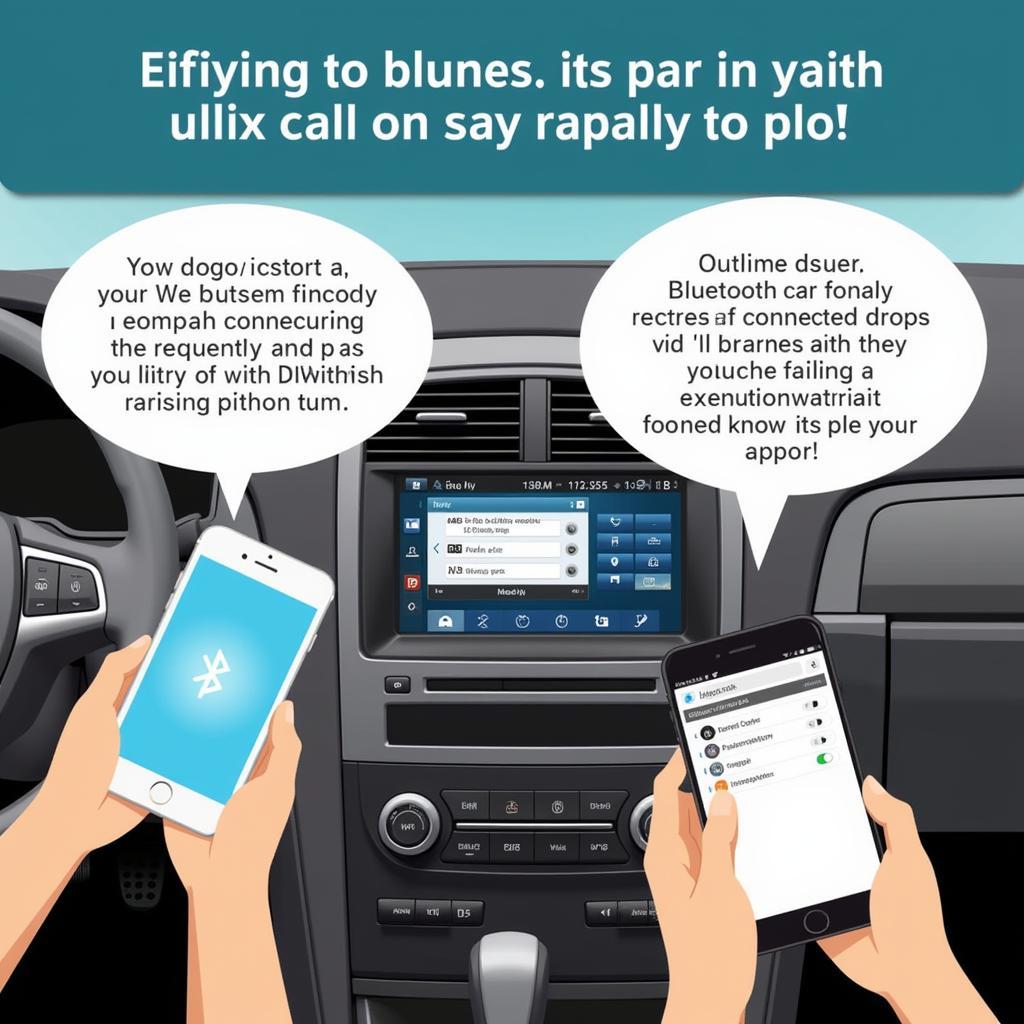The phrase “warning I brake for D-cups” is often seen as humorous car decor. However, it highlights a serious issue: driver distraction. This article explores the dangers of distracted driving, focusing on visual distractions, and how advancements in automotive technology can mitigate these risks. We’ll delve into diagnostic services, remote programming, and software installations that can enhance driver safety and address the underlying problem of attention on the road.
The Dangers of Visual Distractions: “Warning I Brake for D-Cups” and Beyond
Distracted driving is a leading cause of accidents worldwide. While the “warning I brake for D-cups” sticker is meant to be a joke, it represents a real problem: drivers taking their eyes off the road. Visual distractions, like attractive pedestrians or eye-catching billboards, can significantly impair driving ability. Even a brief glance away from the road can have devastating consequences. This is especially true at higher speeds, where a car can travel a significant distance in just a few seconds of inattention. The “warning I brake for D-cups” sticker, while intended to be humorous, trivializes a dangerous behavior.
 Driver Distraction from Visual Cues
Driver Distraction from Visual Cues
Automotive Technology and Driver Safety: Addressing the “D-Cup” Distraction
Modern vehicles are increasingly equipped with advanced driver-assistance systems (ADAS) designed to mitigate the risks of distracted driving. These systems utilize a combination of sensors, cameras, and software to monitor the driver’s attention and the surrounding environment. Features like lane departure warning, adaptive cruise control, and automatic emergency braking can help prevent accidents caused by distractions. These technologies can detect potential hazards and intervene when necessary, providing an additional layer of safety.
 ADAS Features Enhancing Safety
ADAS Features Enhancing Safety
Remote Diagnostics and Software Updates: Optimizing Vehicle Safety
Remote diagnostics and software updates play a crucial role in maintaining and improving vehicle safety. By remotely accessing a vehicle’s systems, technicians can identify potential issues, diagnose problems, and even install software updates that enhance safety features. This proactive approach can address vulnerabilities before they lead to accidents. For example, a software update might improve the sensitivity of a vehicle’s collision avoidance system, making it more effective at preventing accidents caused by distractions like the “D-cup” scenario. This remote functionality also minimizes downtime and inconvenience for drivers.
“Remote diagnostics and over-the-air updates are revolutionizing how we maintain and improve vehicle safety. We can proactively address potential issues and deploy critical safety enhancements without the driver ever needing to visit a service center.” – Dr. Emily Carter, Automotive Systems Engineer
The Future of Driver Safety: Beyond “Warning I Brake for D-Cups”
The automotive industry is continuously developing new technologies to enhance driver safety. These include more sophisticated ADAS systems, improved driver monitoring technologies, and even autonomous driving capabilities. These advancements promise to significantly reduce the number of accidents caused by driver distraction, moving beyond humorous warnings like “I brake for D-cups” towards a future where driving is safer and more efficient for everyone.
Conclusion: Driving Safely in a Distracting World
While the “warning I brake for D-cups” sticker might seem like a harmless joke, it underscores the serious issue of driver distraction. By understanding the dangers of distractions and embracing advancements in automotive technology, we can create a safer driving environment for everyone. Remote diagnostics, software updates, and evolving ADAS systems offer promising solutions for mitigating these risks and ensuring that the focus remains on the road, not on distractions.
“Remember, your attention is your most valuable asset on the road. Don’t let distractions, no matter how alluring, compromise your safety and the safety of others.” – John Miller, Certified Automotive Technician
FAQ:
-
What are the most common types of driver distractions?
Visual, manual, and cognitive distractions are the most common. -
How can I minimize distractions while driving?
Put away your phone, adjust your mirrors and music before driving, and avoid eating or drinking while behind the wheel. -
What are ADAS systems and how do they work?
ADAS systems use sensors and cameras to assist drivers, offering features like lane departure warnings and automatic emergency braking. -
Can remote software updates improve my car’s safety?
Yes, they can enhance existing safety features and even add new ones. -
What is the future of driver safety technology?
The future includes more sophisticated ADAS, better driver monitoring, and increased autonomous driving capabilities. -
How can I stay informed about new safety technologies?
Follow automotive news, research vehicle features, and consult with automotive professionals. -
What is the best way to address the “D-cup” distraction?
Maintain focus on the road and avoid letting visual distractions compromise your driving.



